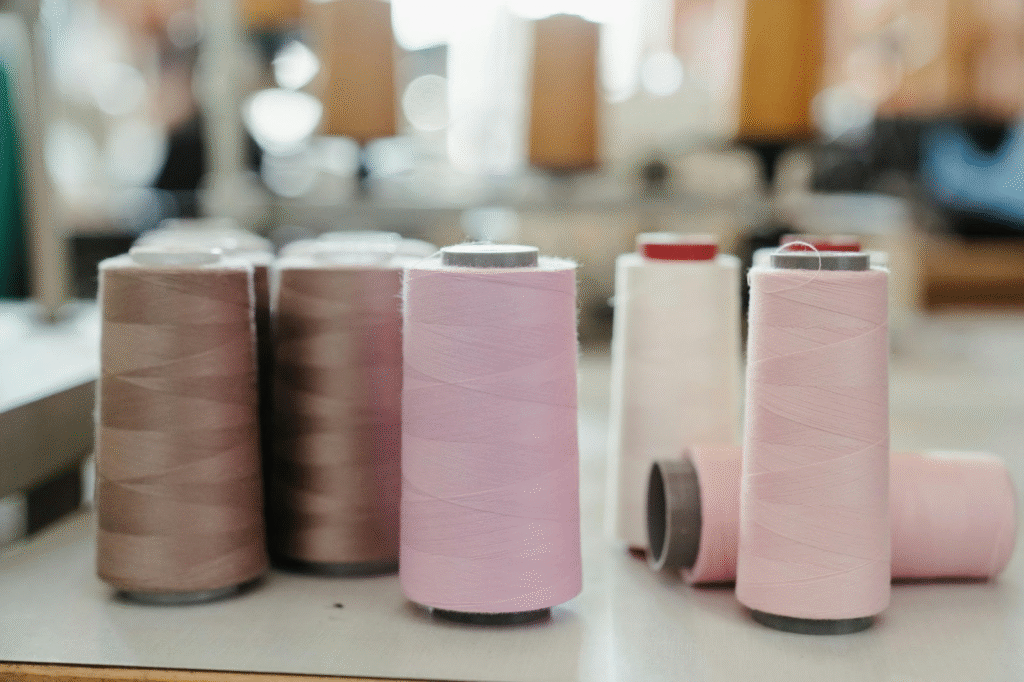The Fabric of Change
The world of fashion is constantly spinning. New trends emerge on the runway. Consumer desires shift like the wind. The very backbone of the industry is transforming. Apparel production is not what it used to be. It is smarter, cleaner, and more personalized. This evolution is breathtaking. It reshapes how we create our clothes. It also redefines our relationship with them. Let us pull back the curtain. We will explore the most exciting trends shaping your wardrobe’s future.
The Digital Design Revolution
Prototyping is entering a new era. Physical samples are becoming less common. Designers now use sophisticated 3D software. They create hyper-realistic digital garments. These virtual samples can be fitted on avatars. They can be shared globally in an instant. This process slashes development time. It also dramatically reduces material waste. Forward-thinking clothing manufacturers are adopting this technology. It allows for unprecedented creativity and speed. The digital closet is becoming the first step in physical creation.
AI and the Predictive Pipeline
Artificial intelligence is no longer science fiction. It is a practical tool in the factory. AI algorithms now analyze vast amounts of data. They predict color trends and style popularity. They optimize complex cutting patterns to minimize fabric waste. Some systems even manage inventory automatically. This intelligence creates a leaner supply chain. It helps brands produce what people actually want to buy. The guesswork is slowly vanishing. Data-driven decisions are taking its place.
Hyper-Short Runs and On-Demand Production
The era of massive bulk orders is fading. Agility is the new watchword. Brands are avoiding huge inventory risks. They are turning to hyper-short production runs. Some companies are experimenting with made-to-order models. A item is only cut and sewn after a customer purchases it. This approach eliminates deadstock. It makes every garment feel special. It represents a fundamental shift from “make-to-sell” to “sell-then-make.” This is the ultimate expression of demand-driven manufacturing.
Circularity Becomes Central
The linear model of “take, make, dispose” is breaking. A circular vision is taking hold. Brands are designing clothes for multiple lifecycles. They are integrating recycled materials from the very beginning. Some are creating take-back programs for old garments. These items are repurposed or transformed into new fabric. This closes the loop. It turns waste into valuable resource. The goal is a wardrobe without guilt. It is a system where nothing is truly wasted.
Material Innovations from Unexpected Places
Fabric labs are buzzing with invention. Scientists are looking beyond traditional fields. They are growing textiles from microbial cellulose. They are brewing leather-like materials from mycelium. Other innovators are creating fibers from captured carbon emissions. Algae and seaweed are entering the material matrix. These new substances offer incredible possibilities. They promise a lower environmental footprint. They provide unique textures and properties. The future of fabric is surprisingly organic.
Transparency as a Non-Negotiable
Customers are increasingly curious. They want to know the story behind their t-shirt. They demand visibility into the supply chain. Who made my clothes? Under what conditions? Technology is making this possible. Blockchain tags and QR codes provide a digital passport. They show a garment’s journey from raw fiber to finished product. This radical transparency builds consumer trust. It also holds brands accountable for their promises. Secrecy is becoming a liability in the modern market.
The Human Touch in a Tech World
Automation continues to advance. Sewing robots and automated cutters are more prevalent. Yet the skilled human hand remains irreplaceable. The trend is towards collaboration. People are focusing on creative tasks. They manage complex machinery. They handle intricate embellishments and quality control. The factory floor is becoming a tech-human partnership. This synergy leverages the best of both worlds. It combines digital precision with artisan judgment.

A Stitch in Time
The apparel industry is on a remarkable journey. It is weaving technology with tradition. It is balancing efficiency with responsibility. The changes are profound. They touch every aspect of how our clothes are born. These trends point towards a more thoughtful, responsive, and fascinating future. Our wardrobes will tell richer stories. They will be filled with pieces made smarter and with greater care. The next decade of fashion promises to be its most transformative yet.